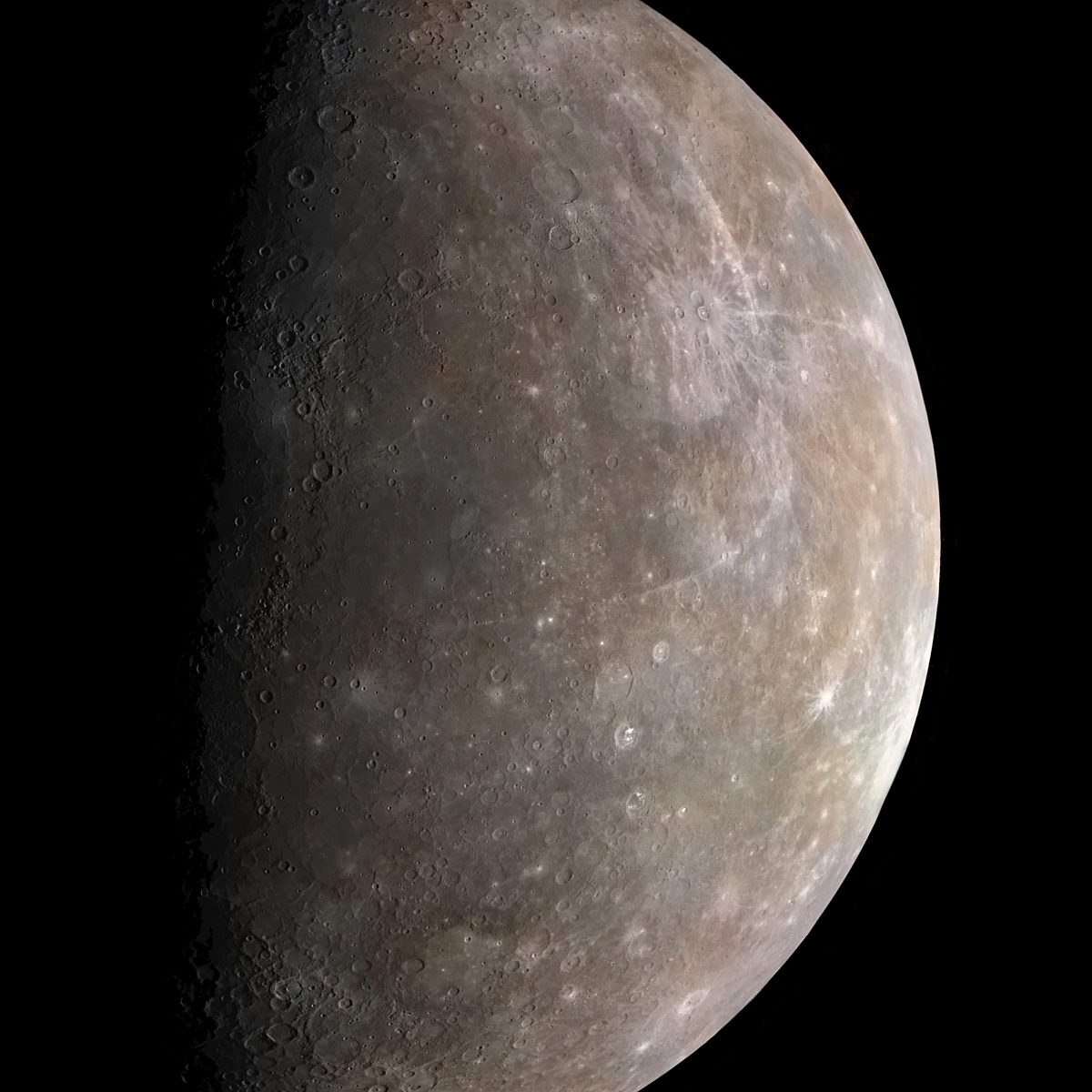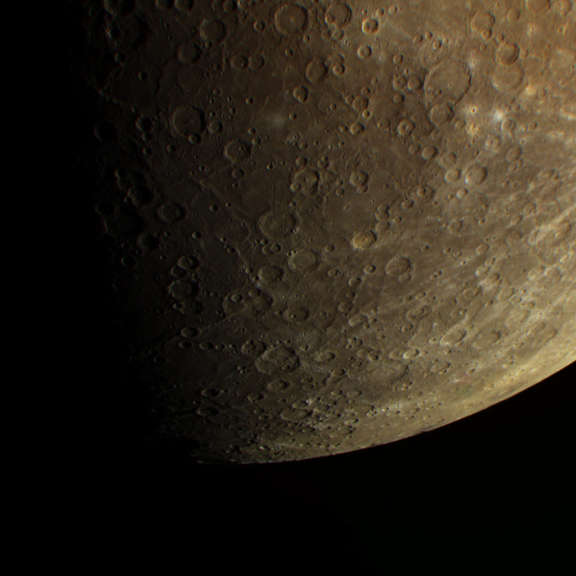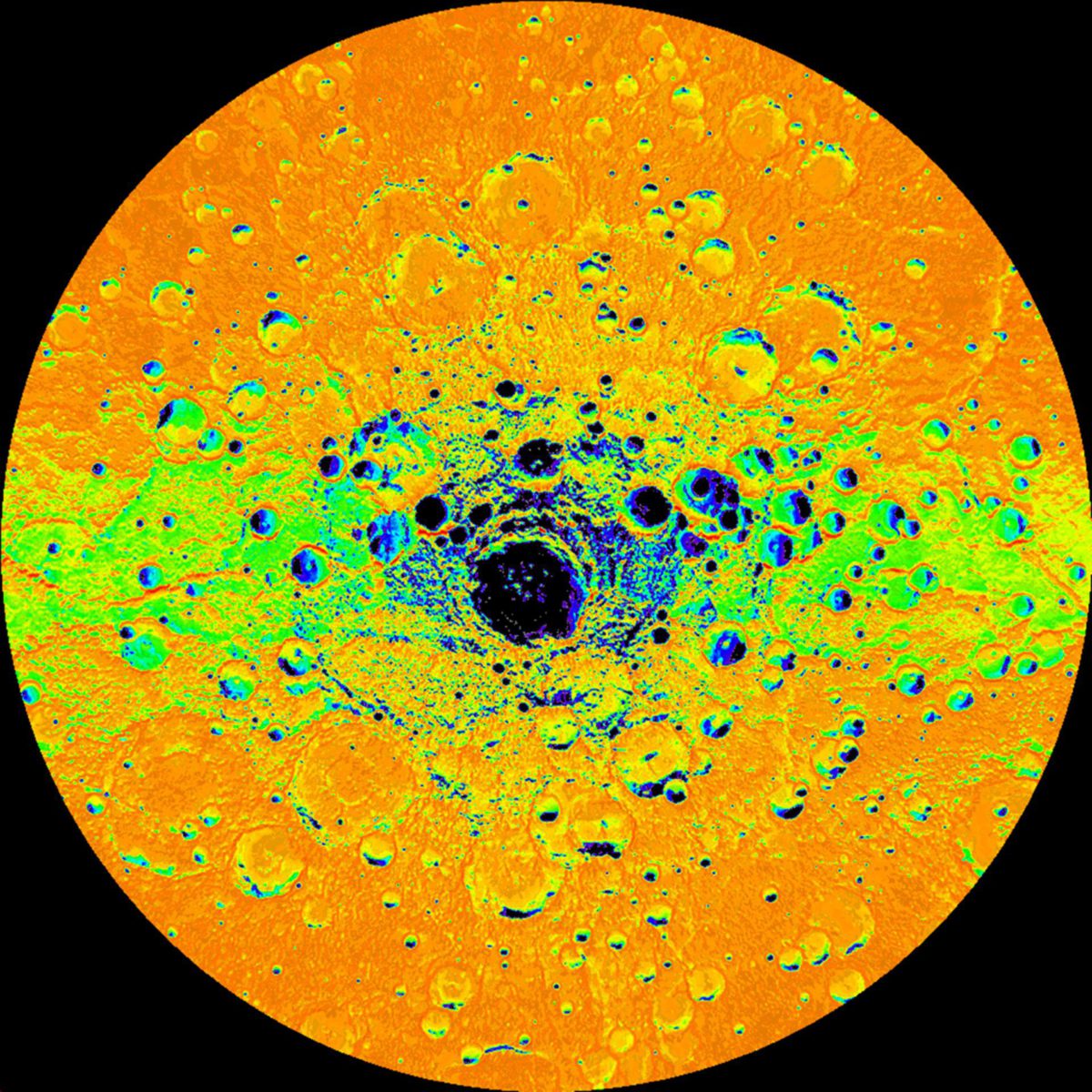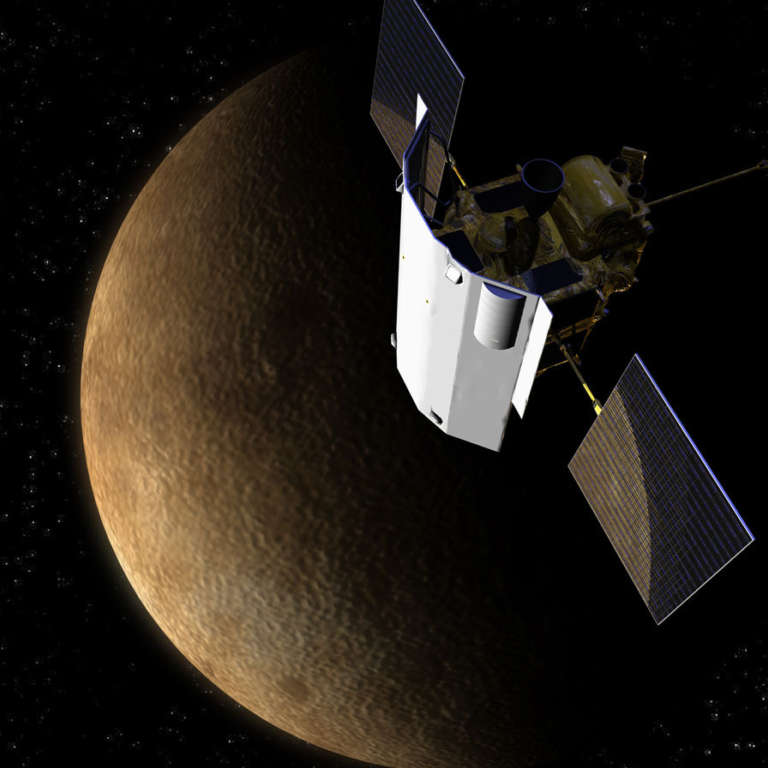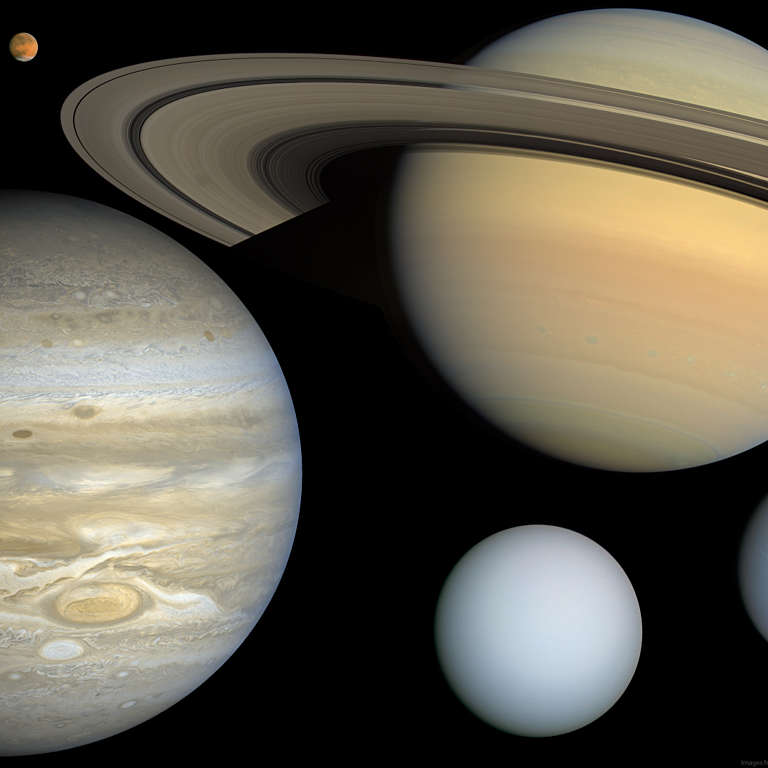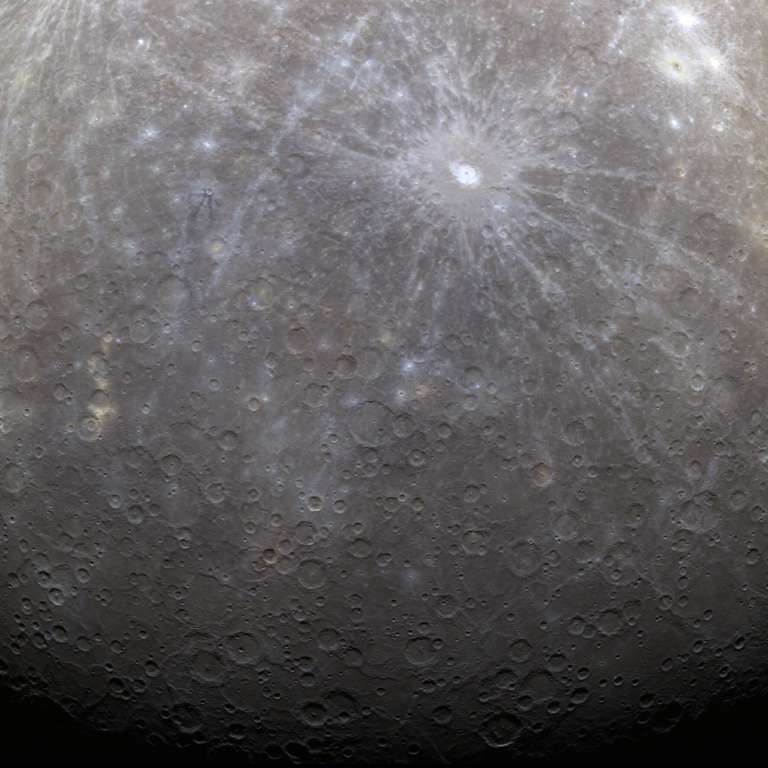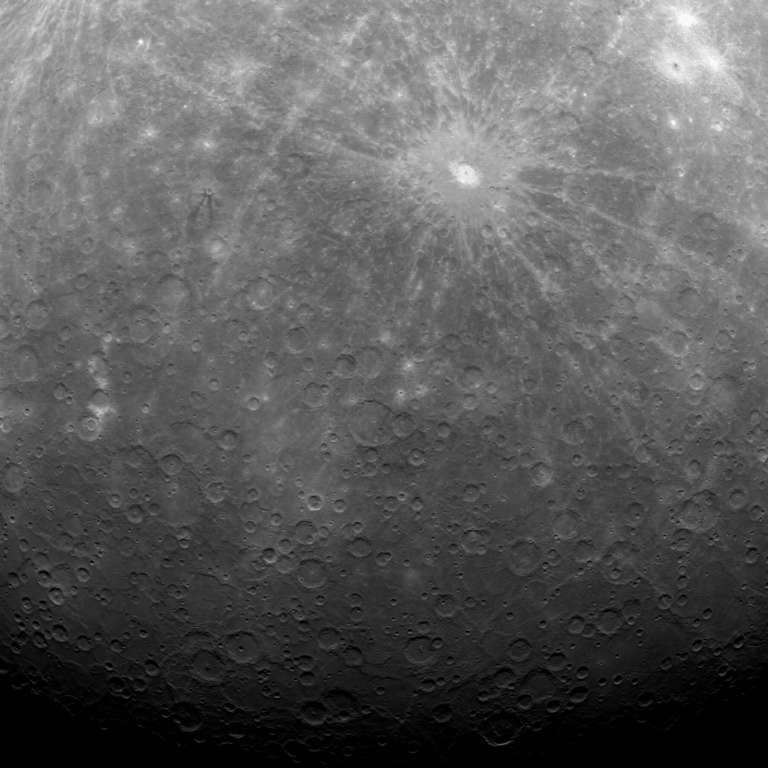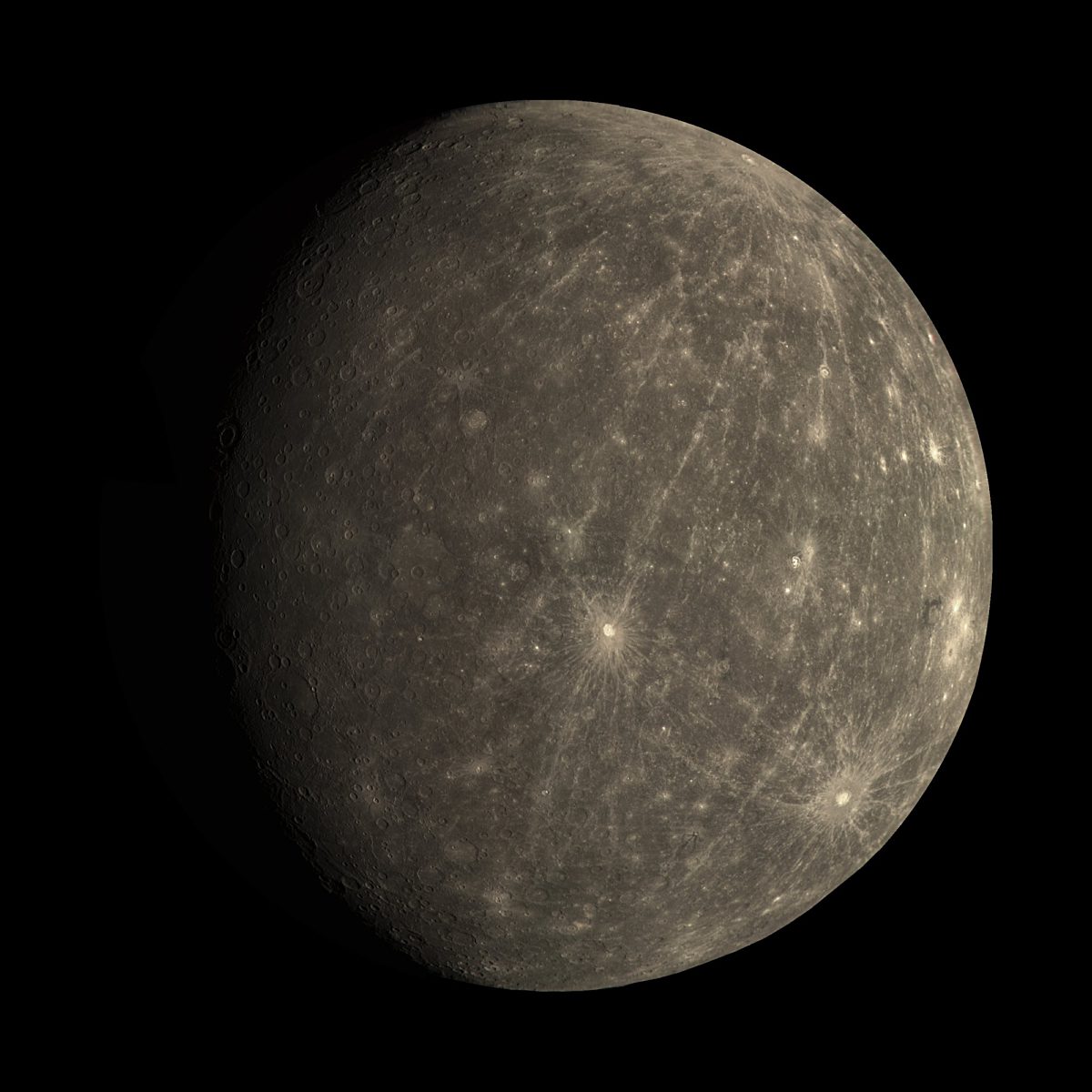All
All
Stories, updates, insights, and original analysis from The Planetary Society.
LPSC 2013: Seeing in Permanent Shadow
The case for water ice hidden in permanently shadowed regions at the north pole of the planet Mercury received another boost recently. On Wednesday March 20, 2013 at the Lunar and Planetary Science Conference, Nancy Chabot presented the very first visible-light images of what is in the shadows of these polar craters.
LPSC 2013: Do we have a meteorite from Mercury?
Before yesterday, my answer to this question would be
Messages of Wonder
Some lovely, rarely-seen images from the MESSENGER mission.
Isostasy, gravity, and the Moon: an explainer of the first results of the GRAIL mission
Last week the GRAIL mission published their first scientific results, and what they have found will send many geophysicists back to the drawing board to explain how the Moon formed and why it looks the way it does now. To explain how, I'm going to have to back way up, and explain the basic science behind gravity data.
Water ice and organics at Mercury's poles
Water ice at Mercury's poles? That's crazy, right? The MESSENGER team has made a very good case that radar-bright material seen by the Arecibo telescope is, in fact, water ice, covered in most places by a veneer of dark organic material.
MESSENGER Mission Update: First burn performed to lower extended mission altitude
The MESSENGER mission just issued a press release announcing that they have completed the first step in the two-step process of lowering the spacecraft's orbit around Mercury.
Notes from the Lunar and Planetary Science Conference: Is there ice at Mercury's poles?
Water ice at Mercury's poles? That's crazy, right? Mercury is so close to the Sun that it seems inconceivable that you could have water ice there. But Mercury's rotational axis has virtually no tilt (MESSENGER has measured its tilt to be less than 1 degree), so there are areas at Mercury's poles, most often (but not always) within polar craters, where the Sun never rises above the horizon to heat the surface.
Notes from Day 3 of the EPSC/DPS meeting (all about MESSENGER)
Today I largely spent in the MESSENGER sessions. They have a lot of data to talk about.
Scale solar system presentation slide, a provisional version for you to review
I'm preparing a talk for the Pacific Astronomy and Telescope Show here in Pasadena on Sunday afternoon at 1:45. I have spent the morning putting together a slide that I have long wanted to have for presentations.
Early MESSENGER science results: Mercury is its own planet, not Moon or Earth
There was a press briefing today giving some early science results from MESSENGER and it was surprisingly meaty. I'm going to focus on just one set of the results that they presented.
Summer Sights of the Solar System
What can you expect to see if you look at the night sky this summer (2011)?
The scale of our solar system
Space.com has taken advantage of the infinitely scrollable nature of Web pages to produce a really cool infographic on the scales of orbital distances in the solar system.
Memo to early risers: Look up!
There is a traffic jam of planets on the eastern horizon in the early morning right now and for the next several weeks, a prize for those of you who have to rise before dawn.
Mercury's Weird Terrain
When Mariner 10 flew past Mercury, it caught an immense impact basin lying half in and half out of sunlight, which they named Caloris. Even with only half the basin visible, scientists knew it was one of the largest in the solar system. Geologists had to wait more than 25 years to see the rest of Caloris, and when they did it turned out to be even bigger than they had thought. But the fact that Caloris was only half in sunlight was fortuitous in one sense, because it meant that the spot on Mercury that was exactly opposite the area of the Caloris impact was also partially in sunlight. That spot looks weird.
365 Days of Astronomy Podcast: What's up in the second quarter of 2011
Regular readers of this blog will find the content of today's 365 Days of Astronomy Podcast familiar, because it's an update on what the solar system exploration spacecraft are up to, based on my monthly
Welcome to Carnival of Space #191
Welcome, everyone, to the Planetary Society Blog for the 191st Carnival of Space! Every week, a different webmaster or blogger hosts the Carnival, showcasing articles written on the topic of space.
Images and data now pouring in from MESSENGER at Mercury
Today the MESSENGER mission held a press briefing to show off some of the first images and other data that are streaming in from the spacecraft, now that it has entered Mercury orbit.
MESSENGER delivers its first image from Mercury
This is MESSENGER's very first photo from Mercury orbit, a wide-angle view that reaches right to Mercury's south pole, exposing a very tiny sliver of territory not previously seen by spacecraft.
A radio show on Mercury and a space carnival
Today's Planetary Radio features Sean Solomon on the successful arrival of MESSENGER at Mercury. After checking that out, wander over to the 190th Carnival of Space, hosted this week by Paul Gilster over at Centauri Dreams.
Mercury: a moon-scale body
As I wait for the MESSENGER Mercury Orbit Insertion webcast to start, I thought I'd fiddle with some images to point out that Mercury is a bridge between the scales of planets and the scales of moons.


 Explore Worlds
Explore Worlds Find Life
Find Life Defend Earth
Defend Earth


 Sun
Sun Mercury
Mercury Venus
Venus Earth
Earth Mars
Mars Jupiter
Jupiter Saturn
Saturn Uranus
Uranus Neptune
Neptune Small Bodies
Small Bodies
